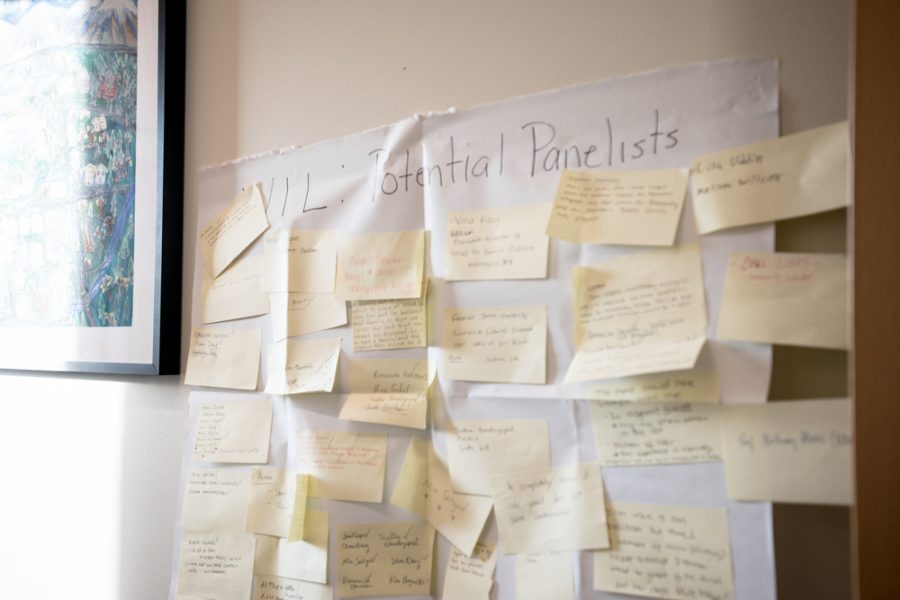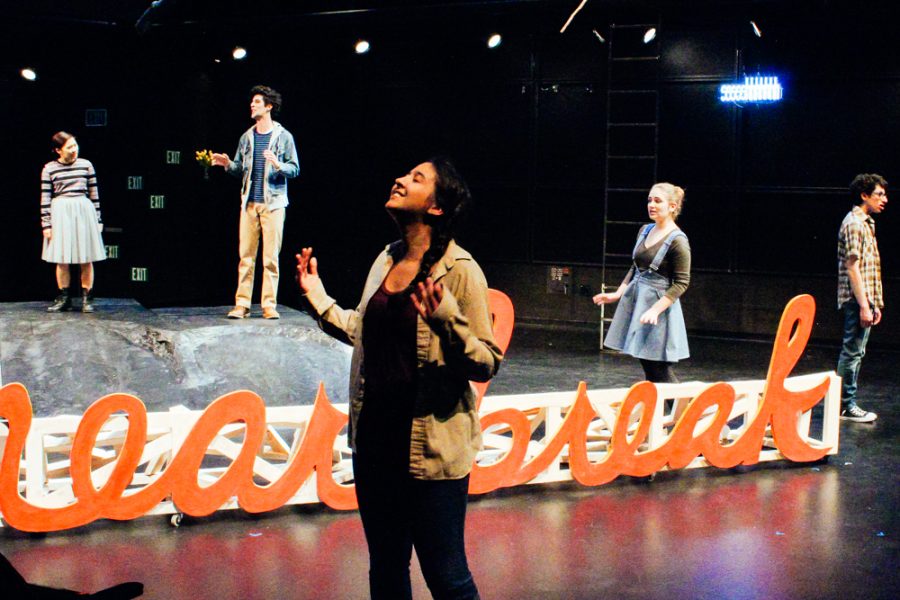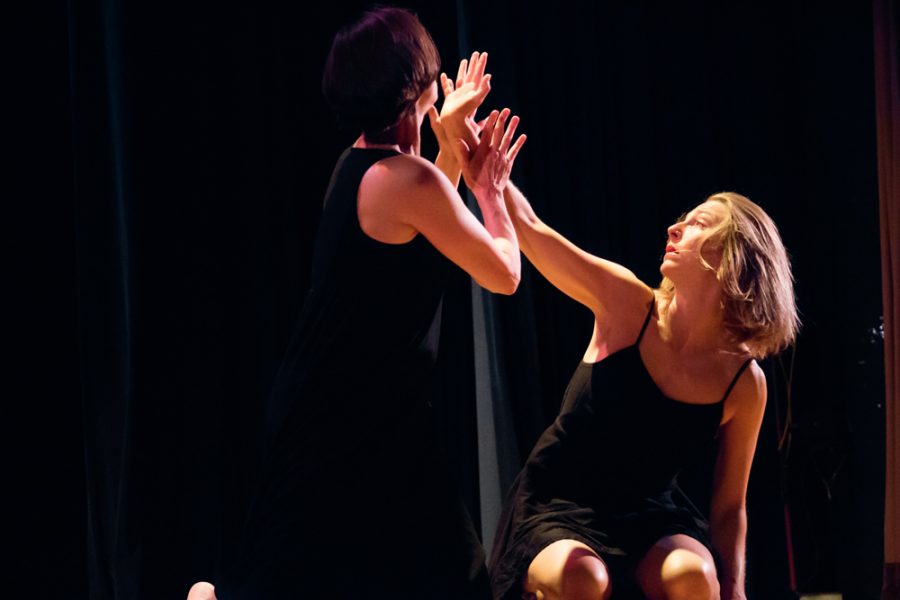With a lecture title like “Death and Sacrifice at Midnight Terror Cave,” Dr. Jim Brady created Indiana Jones-level expectations for his speech. It was no Temple of Doom, but Dr. Brady was very entertaining and engrossing in his lecture Thursday evening in Olin Hall on his archaeological exploits in Midnight Terror Cave.
Brady set the stage for his lecture by giving the audience, a mix of Whitman students and adult Walla Walla residents, an idea of the cave’s purpose in ancient civilization.
“Caves are sacred places,” said Brady, “and are considered to be living.” Midnight Terror Cave, located in central Belize and used by the Mayans, drew Brady’s interest because of human skeletal material found there. However, once he began exploring the cave, he found much more.
“I initially was interested in the sacrifice in the cave,” said Brady, “but I quickly became more interested in the extent of modification in the cave. It was clearly a place of great political importance.”
Brady jumped into fully describing the many characteristics of the cave. He and his team of five students from Cal State Los Angeles came upon a plaza paved with yellow clay, alcoves for private rituals, altars set upon stalactite, and much more. Dr. Brady kept the audience entertained by mixing in plenty of deadpan humor.
“Like men have been hearing their whole lives, it’s the same with caves: Size matters,” he said when describing the cave. This drew a surprising amount of laughs from the audience’s elderly members.
Brady’s talk was also able to link ancient Mayan culture to present-day Mesoamerica. To this day, Mayans consider caves sacred, and it is not uncommon for Catholic Mayans to go down and worship in caves. Also, blood sacrifice is still prevalent, although animals are now used instead of humans.
Through his findings, Brady is hoping to gain a greater understanding of Mayan social life at the end of the Classical period. He and his team found that the human bones discovered were disproportionately young males and children, making it clear that this was a sacrificial population. These young males could possibly be soldiers from distant polities, and Brady intends to find this out using isotopic signatures on teeth. Brady hopes to go back to Midnight Terror Cave in the spring to continue his work.
“Stay tuned,” he said, finishing his lecture.
The audience very much enjoyed what Brady had to say.
“I liked his sense of humor,” said first-year Olivia Kinney, “and I also liked how he went in depth about his discoveries in the cave.”
Professor Gary Rollefson, who teaches anthropology and is also the president of the local chapter of the Archaeological Institute of America, was equally enthusiastic.
“Dr. Brady has opened up new horizons with cave archaeology. I think it’s really fascinating,” Rollefson said.
“I enjoy interacting with people, and I am trying to get the word out about cave archaeology. It is something I’ve pioneered, and these lectures help me raise awareness about this type of archaeology,” said Brady, when asked about his lecture.
Brady’s lecture is the first in the Archaeological Institute of America’s 2012-2013 lecture series.
“We have speakers on great, diverse subjects, from Roman civilization to the genetics involved in migrations,” said Rollefson. The next lecture in this series will take place next month.








